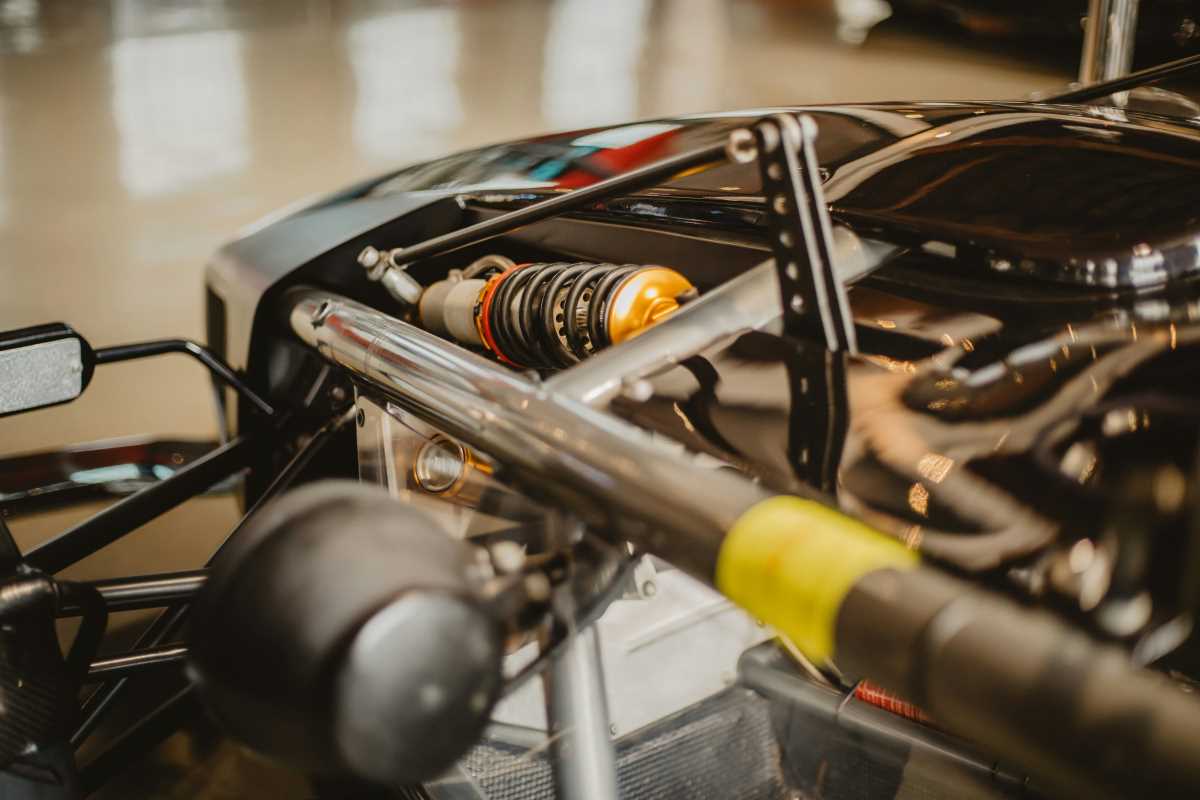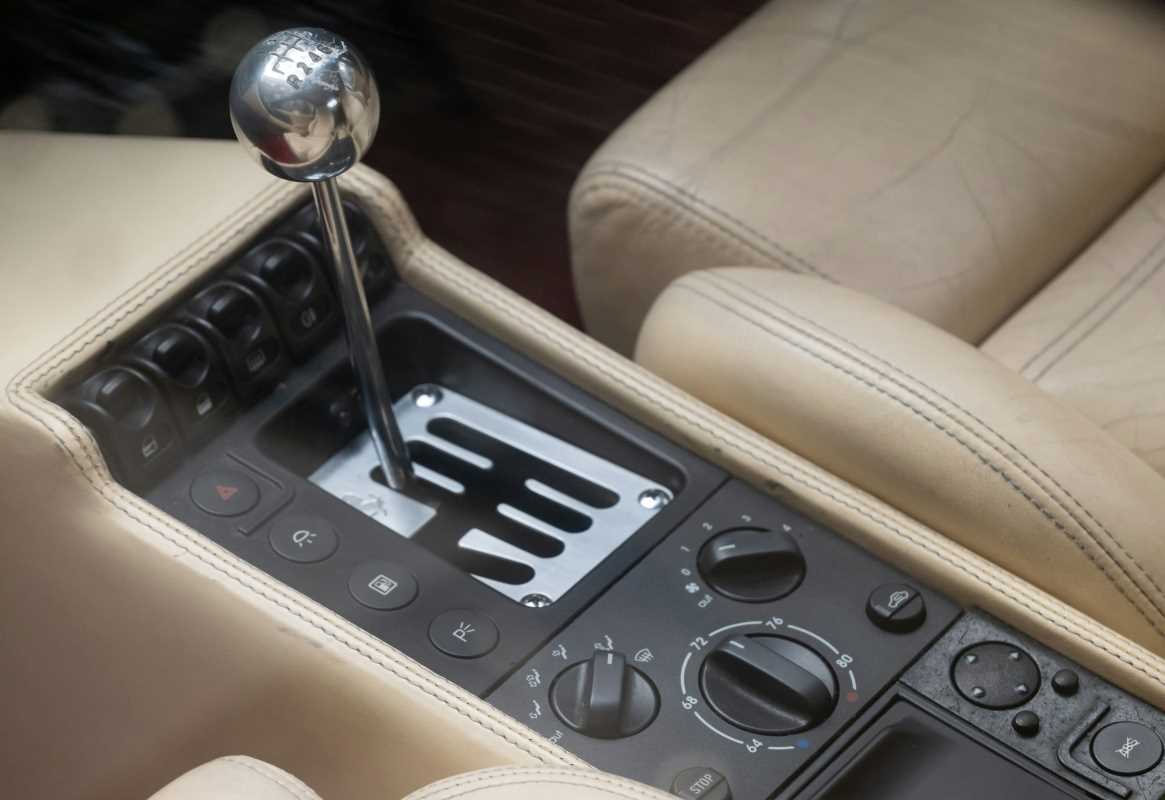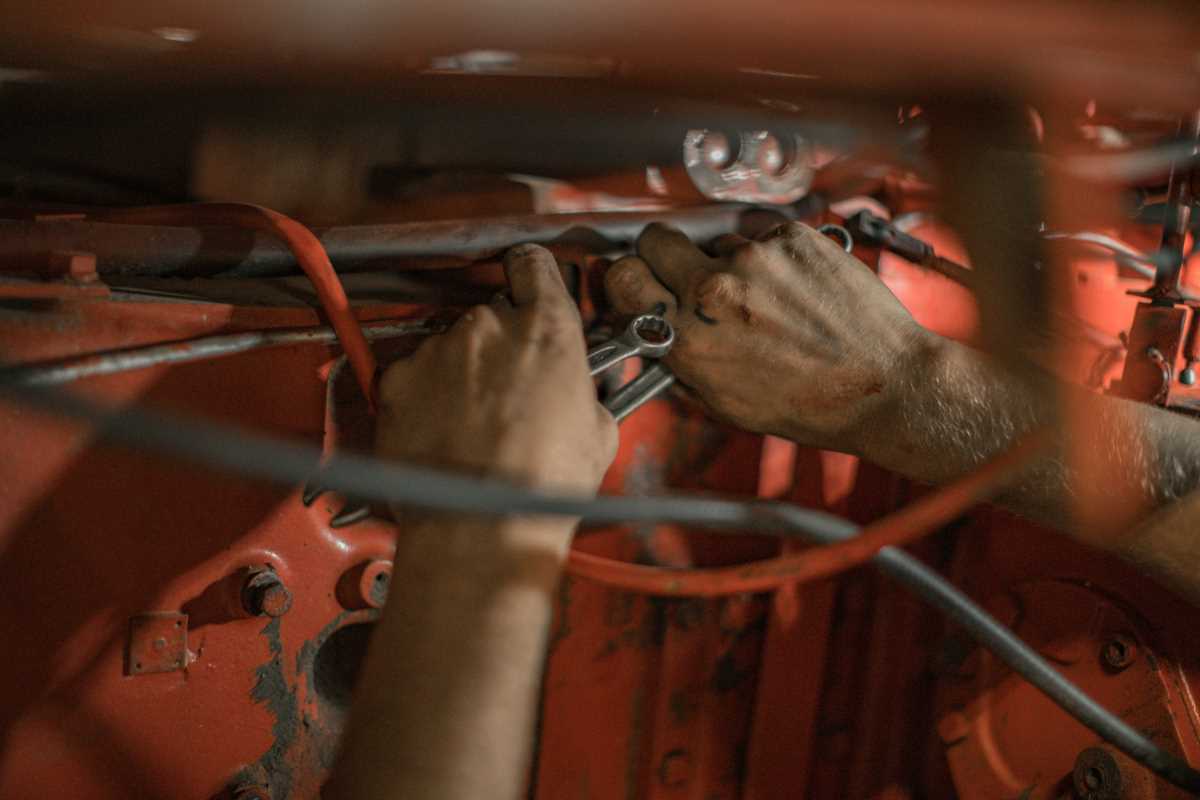When your car’s suspension system is working the way it should, it glides over potholes, turns smoothly, and provides a surprisingly comfortable ride for something with four wheels. But what happens when things start to go wrong?
Often, your suspension gives you telltale signs that say, "Hey, I need attention!" Ignoring these signs won’t just make your ride bumpier; it can lead to more serious issues down the road (literally and figuratively). Here’s how to spot the clues that your car’s suspension might need a professional look.
Feeling Every Bump on the Road
One of the first signs that your suspension needs attention is when driving starts to feel like you’re riding a mechanical bull. A properly functioning suspension system absorbs the bumps and dips in the road, ensuring a smooth ride. But if worn-out shocks or struts aren’t doing their job, every pothole, speed bump, or uneven patch of pavement will feel like a personal attack.
If your car starts giving you a jarring experience when it encounters even the tiniest dip, it’s time to take note. You might even hear unsettling noises like clunking or banging as your suspension struggles to cope. Comfort aside, a dysfunctional suspension can affect control, making it a safety risk. A quick suspension check can confirm if your shocks and struts are at fault or if something else is causing the discomfort.
Uneven Tires and Strange Tread Wear
Your tires are a fantastic tattletale when something’s wrong with your car. If the wear on your tires is uneven, or you notice patches where the tread has worn down unusually fast, your suspension may be to blame. The suspension system is responsible for distributing your car’s weight evenly among all four tires. When it isn’t working properly, you get uneven tread wear.
Run your hand over the surface of your tire (when it’s cool, of course). If you feel odd smooth spots, scalloping, or cupping, there’s a good chance your suspension isn’t holding up its end of the bargain. Not only will your tires wear out faster, but uneven wear can also affect your car’s handling, making driving less predictable. A suspension inspection at this point could save both your tires and your wallet.
Noticeable Drifting or Pulling While Steering
Have you felt your car mysteriously drifting to one side even when you’re driving on a straight road? Or maybe it pulls aggressively when you make a turn. These are indicators that your suspension system might be struggling to keep you stable.
While alignment issues or uneven tire pressure can cause similar problems, your suspension system plays a major role in maintaining your vehicle’s stability. Components like control arms and ball joints are responsible for keeping your car responsive and balanced. If they’re worn or damaged, you may lose some of the control you rely on while driving. A test drive by a mechanic can pinpoint whether your suspension is the main culprit.
Strange Noises and Bouncing on Parked Car Tests
Your ears can be just as useful as your eyes when diagnosing suspension trouble. Unusual noises like creaks, squeaks, or clunks coming from underneath your car often point to trouble within the suspension. These sounds usually occur because parts like bushings or springs are worn, loose, or damaged.
If you need more convincing, try the “bounce test.” With your car parked and off, press down firmly on the hood or trunk and quickly release. If the car bounces more than two or three times, your suspension isn’t absorbing impacts like it should. This quick test isn’t foolproof, but it gives you a reason to book an inspection before the problem worsens.
Poor Handling and Steering Responsiveness
Your suspension system and steering are like peanut butter and jelly, they go hand in hand. When one doesn’t work, the other suffers. If your car feels sluggish when turning, leans heavily to one side, or resists your steering inputs, there’s likely an issue with your suspension system.
This noticeable lack of responsiveness could signal worn bushings, an unbalanced suspension, or other failing parts. Good steering and handling are crucial for safety, so if you notice yourself working harder behind the wheel or feeling like your car has a mind of its own, don’t wait to get it checked. Preventative maintenance is always less expensive (and less nerve-wracking) than dealing with a significant repair down the line.
Signs That Can’t Be Ignored
Here’s a cheat sheet of the top warning signs your suspension could be in trouble:
- Feeling every bump, dip, and crack in the road.
- Uneven wear patterns on tire tread.
- Drifting or pulling while steering.
- Squeaks, clunks, or strange noises from underneath your car.
- Car bouncing excessively when stationary or parked.
When one or more of these symptoms start popping up, it’s time to stop ignoring them. Any delay could result in higher repair costs or pose a real safety risk. Remember, an ailing suspension doesn’t just affect your comfort; it can severely impact how your car handles in emergency situations.
Don’t Forget the Visual Signs
Your car’s suspension issues don’t always hide under the hood. Sometimes, they’re visible at a glance. Take a step back and look at your car while it’s parked on a flat surface. Is one corner sagging lower than the others? That’s a sign you may have a broken spring or another suspension issue.
Another visual cue to watch for is fluid leakage. Shocks and struts contain hydraulic fluid, and if they’re leaking, their ability to cushion your ride diminishes. Leaking suspension components are essentially waving a red flag, urging you to get them replaced.
The Importance of Regular Inspections
You don’t need to wait for symptoms to appear before thinking about your suspension. Regularly scheduled maintenance can catch potential problems early, saving you from expensive repairs later. Most mechanics will inspect your suspension components during routine service visits, but it’s always worth asking for a closer look if something feels off.
A trusted mechanic can also help you understand the condition of specific parts, like your control arms, ball joints, or sway bars. If they’re nearing the end of their life, replacing them proactively is a great way to maintain the safety and performance of your vehicle.
When to Head to the Mechanic
While some car maintenance tasks can be handled DIY-style, suspension issues require professional expertise and the right tools. If you’ve noticed any of the symptoms mentioned above or are unsure whether your suspension is up to par, schedule an inspection with a certified mechanic. Catching problems early is one of the easiest ways to avoid shelling out for bigger, costlier repairs.
Also, keep in mind that suspension repairs aren’t something you want to put off indefinitely. A failing suspension can affect braking distances and overall control, turning minor issues into major safety concerns. Investing in repairs now can save you a lot of grief down the road.
Drive Smooth and Safe
Your car’s suspension is one of those systems you don’t really notice… until you do. By recognizing the warning signs early and taking simple steps to address them, you’ll enjoy a smoother ride, longer-lasting tires, and better overall handling. Plus, there’s nothing quite like knowing your car is ready to tackle errands, road trips, or daily commutes without wobbling, squeaking, or bouncing to eternity.
Taking care of your suspension means you’ll spend less time in the mechanic’s waiting room and more time enjoying the open road.
 (Image via
(Image via





